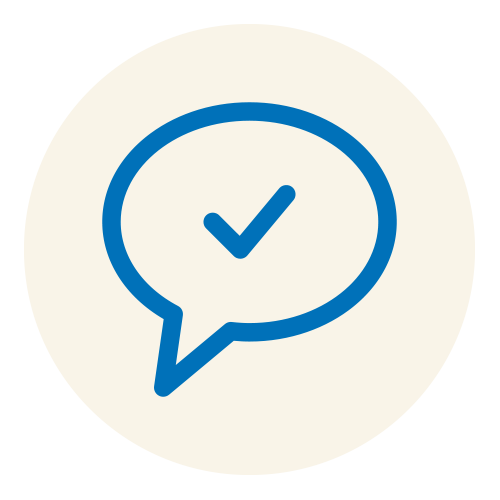
Communications experts agree that it’s hard for a leader to over-communicate during a crisis. In our July Expert Forum, Alicia Thompson (Randstad) and Ben Deutsch (Coca-Cola, retired) offered practical tips to maximize the effectiveness of leader communications.

Get to know your audience and what they’re experiencing by asking for anonymous feedback via surveys* or by simply having regular conversations with your people. Don’t forget to complete the survey yourself! Chances are that leaders and employees are experiencing some of the same stresses and emotions at home and at work, so authenticity will allow you to relate with your people.
* Use our Employee Survey How-To Tool for best practices and a sample survey.

Is there a change in policy or process? Do you have a health or safety issue to address? Do you feel compelled to express gratitude or recognize your employees? It’s imperative that your message is purposeful.

Who is your intended audience? The message and delivery channel should be curated to those who are directly impacted, and factors like their work location and shift time should come into consideration. You might be tempted to send an email, but maybe they’re best reached by text message or intranet post.

Vary communication methods and refer back to previous messages to ensure your audience gets the information, ideally in multiple forms. In a dispersed and distracted workforce, employees may be faced with adjusted schedules or limited access to technology, so following up is appropriate–even if it seems like you’re repeating yourself.